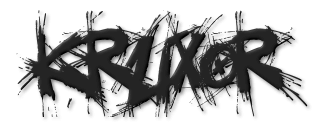notice: please create a custom view template for the views class view-views.html
8:29 am, May 15, 2023
document ready javascript standalone version no jquery
document ready javascript standalone version no jquery
linked_class
code
linked_uid
myG9H
views
11
week_num
20
month_num
5
year_num
23
id: 104218
uid: mhOfu
insdate: 2023-05-15 08:29:55
title: document ready javascript standalone version no jquery
additional:
category:
linked_class: code
linked_uid: myG9H
views: 11
week_num: 20
month_num: 5
year_num: 23

